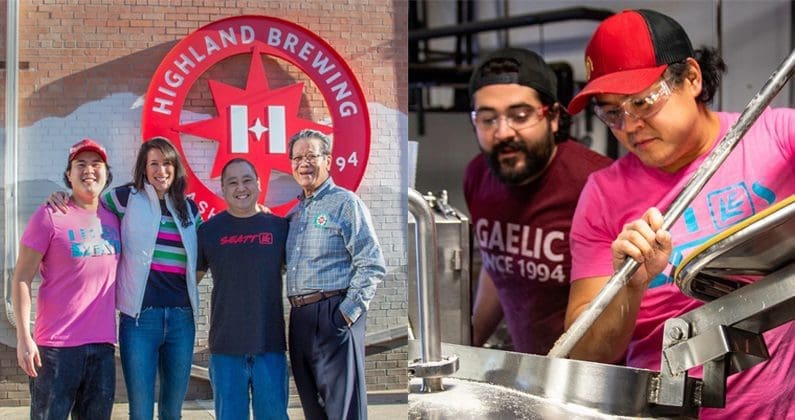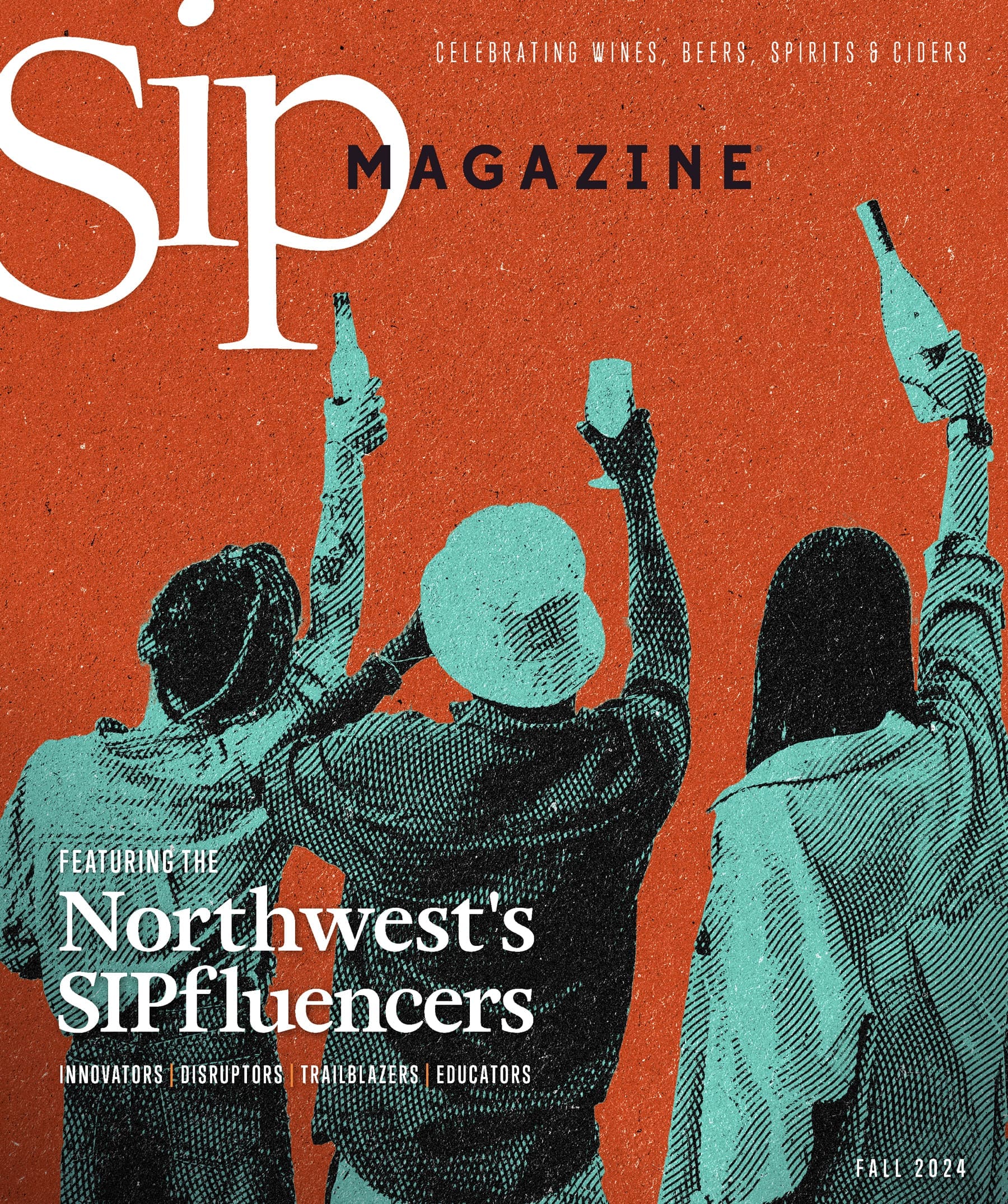“I never decided to be an apple expert,” says Lee Calhoun (née Creighton Lee Calhoun Jr.), the man who (literally) wrote the book on Southern apples. “I kind of backed into it.” After retiring from the army in 1976, Calhoun and his wife, Edith, put down roots on land they owned near Pittsboro, North Carolina. They built a house with their own hands and planted fruit trees, including some common apple species, and were told by a local that old, forgotten varieties could be found nearby. The hunt became a wide-ranging quest for apples.
“When I spotted an old tree, I’d knock on the nearest door and ask if they knew what it was,” Calhoun recalls. “Fortunately Southerners, rural Southerners in particular, have long memories. They’d often know the name of the variety and what it was good for.”
From 1988 until 2002, he operated a nursery and sent scion wood far and wide. “When I found an old apple tree with a known name, I’d graft it and plant it in my backyard,” Calhoun says. “We’d graft them in late March, grow them through summer, and sell them in the fall. We offered about 300 varieties, all custom-grafted, ordered in advance and shipped as far as Alaska. Most years we’d sell 1,000 to 3,000 trees.”
But he felt a need to give his finds a historical context. “My wife and I started going to university libraries and looking through old catalogs and books,” he recalls. “Then we discovered the National Agricultural Library in Beltsville, Maryland. We spent weeks there ransacking their stacks for information, then brought it back and collated it. After several years of this, we realized we had enough information to write a book.”
Published in 1996, that book, “Old Southern Apples,” profiled some 1,800 varieties, most lost to time and known only through library records. But more than 300 were still available, most of them thanks to Calhoun’s rescue efforts. Illustrated with vivid watercolors commissioned from 1880 to 1930 by the United States Department of Agriculture, his compendium helped fuel a growing interest in heritage plants and inspired others to look for more, sending him scion wood and resulting in the book’s expanded second edition.
Calhoun secured his living legacy with the creation of the Southern Heritage Apple Orchard at Horne Creek Living Historical Farm near Pinnacle, North Carolina. A vintage, operating farm, the state-funded site became the perfect home for 800 of his historic apple varieties, which he grafted in two forms: free-standing trees and dwarf trees trained on oblique cordons ensuring that if one dies, the other can supply scion wood for a replacement. Also, nurseries such as Big Horse Creek Farm and Century Farms Orchard, both in North Carolina, sell heritage apples from stock he supplied.
“These are historical apples, the fruit that our grandfathers and great-grandfathers ate,” Calhoun says. “We should keep them around.”









